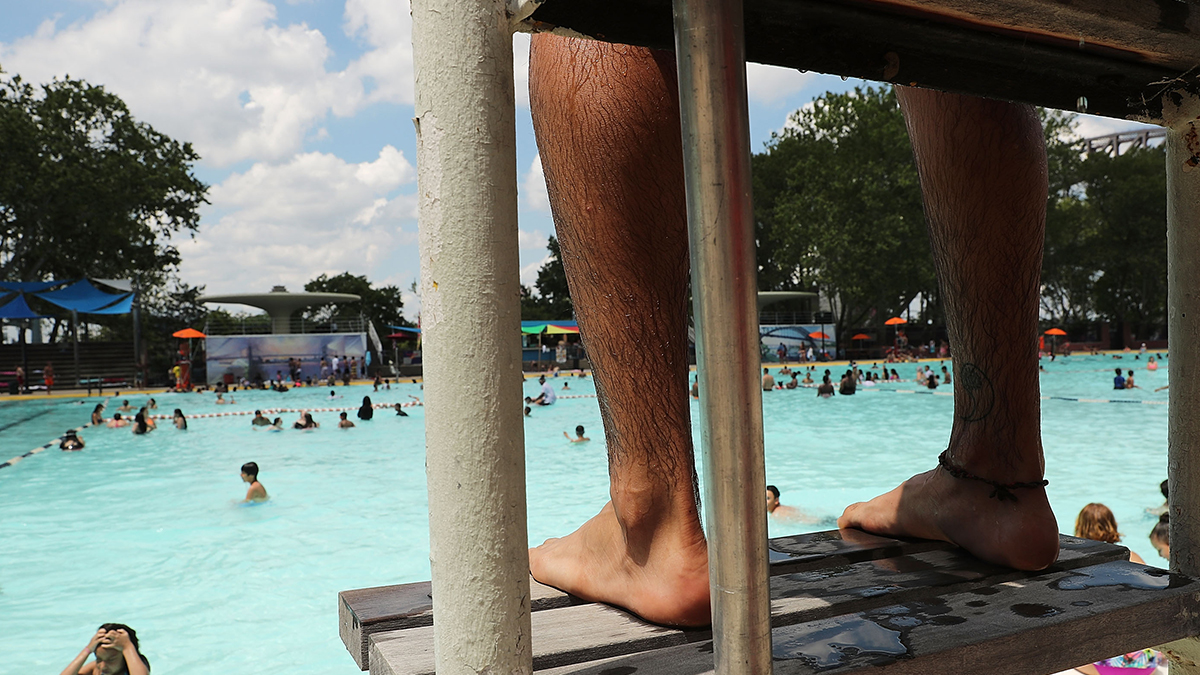The Benjamin Franklin Parkway is one of the most recognizable places in Philadelphia.
A cultural treasure, if you will, lined with architecture and art. One that came to be due to the dream of a more perfect life known as the City Beautiful movement.
The movement came to be in the 1890s in response to the accumulating dirt in industrial cities and the belief from advocates that better sanitation, parkways, civic art and improved circulation of traffic would make cities more profitable and harmonious.
Architectural historian, former University of Pennsylvania professor and author of “Building the City Beautiful,” David Brownlee, said the goal of the movement was to create a new American aesthetic—from an industrial landscape to an urban paradise.
Get Philly local news, weather forecasts, sports and entertainment stories to your inbox. Sign up for NBC Philadelphia newsletters.
Arguably the most beautiful thing to come from the movement is the Parkway.

But the inspiration for such a thing wasn’t born in Philadelphia, in fact it came from almost 4,000 miles away in Paris. But it would be decades before that inspiration came to fruition.
Local
Breaking news and the stories that matter to your neighborhood.
After the Civil War, Philadelphia was the largest industrial city in the nation and it had just created Fairmount Park, the biggest urban park in the world, Brownlee said.
“And there was an immediate, almost immediate clamor to try to figure out a way to better connect this city to the park,” he said. The obvious idea he said was to build a boulevard and the model for that was the boulevards that had been built in Paris in the 1850s and 1860s.
It was in 1907 when the demolition of 1600 buildings began with that of a little row home just west of where the Rodin Museum stands today.
“A group of city dignitaries went up to the roof of this little row house and with a silver pick, removed the first brick with which the demolitions for the parkway began,” Brownlee said.
The demolition took 10 years and when it was done it was quickly realized that the result was not the visual utopia Philadelphians were seeking.
It was just an empty landscape.

“That actually shows pretty well what the demolition zone looked like with the art museum under construction, and the demolition completed, really there’s nothing there,” Brownlee said. “What they did at one point, they sort of dressed it up with pergolas, on each side of it just to make it look a little less barren because there were no buildings.”
It was that same year of 1917 when two French architects, Jacques Gréber and Paul Cret, collaborated and created what would be the inspiration for the Parkway.
“In 1917, he (Gréber) and his staff in Paris produced a set of gigantic, intoxicatingly beautiful drawings that showed the Parkway, not as empty and not full of buildings, but lined by a precious necklace of small parks, tiny parks, each with a different character,” Brownlee said.

While the Fairmount Park Commission gave Gréber money to make more plans, it was never adopted. But that idea of what the Parkway could be remained decade after decade.
And the inspiration for the Parkway’s design came from a very similar stretch of Parisian boulevard in Paris, the Champs-Élysées.
As the Benjamin Franklin Parkway ends with the Museum of Art the Champs-Élysées ends with the Arc de Triomphe.
“It’s certainly the case that the Benjamin Franklin Parkway was inspired by that Parisian model and that set of Parisian models and the general notion that you could cut a boulevard through an existing city and open it up and change it. Change it from an industrial city to a capital of commerce and culture,” Brownlee said.
While the plans for the Parkway were widely approved, it wasn’t until 1926 that they were completed, and the centerpiece of the City Beautiful movement no longer stood empty.

How different would Philadelphia be today had that change not taken place?
“Philadelphia would be a city that was row house neighborhoods and nothing but row house neighborhoods, because that’s literally what the Parkway was,” Brownlee said. “A classic North Philadelphia, South Philadelphia neighborhood and every couple blocks a factory.”
Brownlee says as grand as it is, the beauty in the Parkway comes from its simplicity.
“It had a simple and easily defined character that was very attractive, literally a straight line. A straight line that goes from one important place, City Hall Tower which was the tallest building in the world until 1908, to Fairmount Park, the largest park in the world and connected the two. How did it connect them? With a straight line, who could forget that idea?”



